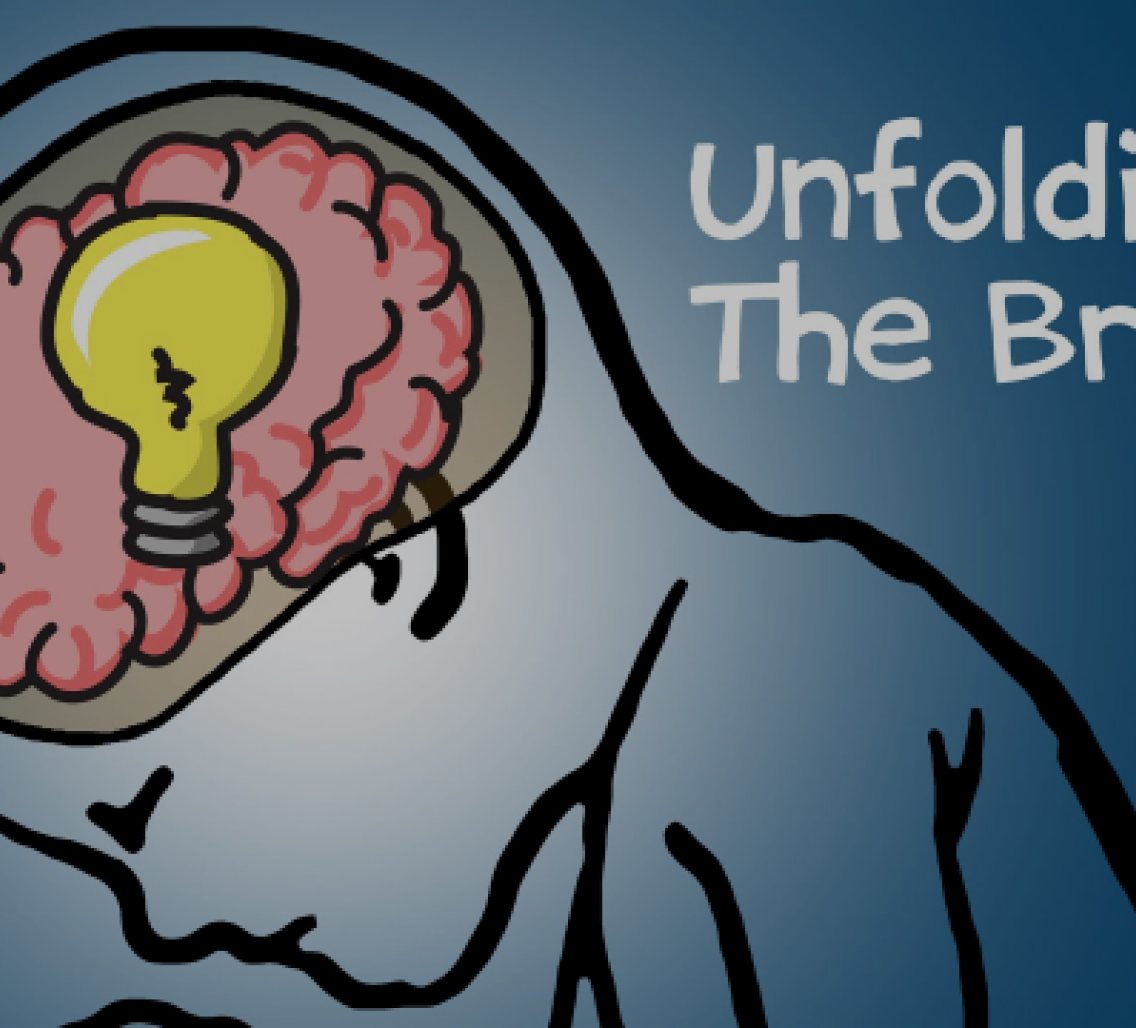Mechanical forces being studied by Stanford researchers may underlie brain’s development and some diseases

By Nathan Collins
Judging by the few items on her desk – some photographs of brain tissue taken through a microscope, a plastic model of the brain, a plush toy neuron – Ellen Kuhl is by all appearances a neuroscientist, and her current research into the brain’s development and diseases backs this up.
But Kuhl, a professor of mechanical engineering, got her start working on something else: “I studied concrete,” she said. Although the subject matter has changed over the years, what remains consistent is her interest in understanding the mechanical forces at work in complex systems, including the brain.
“A lot of people think the brain is not involved in any mechanics because it’s isolated,” Kuhl said, but in fact those mechanics may be essential. Kuhl and her lab have already shown how mechanical forces help shape developing brains, and now, she’s finding that mechanical forces at the molecular level may underlie diseases as diverse as head injury and Alzheimer’s disease.
Puzzling folds
What first drew Kuhl’s attention to the brain as a mechanical challenge is a question that has puzzled scientists since they first laid eyes on a human brain: What’s behind all those folds? Neuroscientists think they know why the folds exist – they’re thought to increase the brain’s connectivity and thus its computational power – and they understand more than ever about the genetic and biological origins of brain-folding disorders. Yet the actual mechanics of brain folding remained unclear.
To address that problem, Kuhl and her team, along with a growing number of other labs, looked to tools that traditionally analyze folds in Earth’s crust. In 2014, with a mix of mathematics, experiments and computer simulation, they showed how mechanical forces interact with genetics and other factors during brain development. Those findings paved the way for purely mechanical interpretations of several brain-folding disorders known to have genetic or environmental causes, suggesting that while they are not the whole story, mechanical forces are nonetheless an important chapter in understanding neurological disease.
Bridging scales
Now, Kuhl and her lab are applying the same strategies – linking mechanical behavior on the levels of molecules and cells to higher-order brain functions – to understand some of the most important issues in neuroscience today.
“The idea is to bridge from very small scales in, say, a petri dish to the real brain,” Kuhl said, although it will be a challenge: “It’s a big, big step from the cell to the brain,” she said.
In one project, Kuhl and colleagues are looking at forces at the molecular level that underlie chronic traumatic encephalopathy, a disease brought on by repeated head injuries such as those incurred by football players. The disease is often accompanied by severe mental illness but can’t currently be diagnosed without a postmortem study of the brain, in part because the nature of the injury is not well understood.
In a first effort in that direction, Kuhl and graduate student Rijk de Rooij are studying the underlying molecular structure of neurons – in particular, the structure of axons, the part of neurons responsible for sending signals from one neuron to another – and how that structure responds to the sudden shocks that lead to traumatic injury. The project is funded in part by a 2016 Bio-X seed grantto Kuhl and Soichi Wakatsuki, a professor of photon science and of structural biology.
In another project, funded in part by a 2014 Bio-X seed grant, Kuhl, Antonio Hardan, a professor of psychiatry and behavioral sciences, and Roland Bammer, a professor of radiology, are examining the development of autism using a mix of mathematical and computational modeling, nanoforce measurements and MRI brain scans. Motivated by those studies, the team will conduct some of the first measurements of the mechanical properties of the brain in living people – literally by shaking them gently and watching how the resulting shaking wave propagates using MRI brain imaging.
Further down the road, Kuhl said she believes that researchers could link diseases that operate on different scales in the brain and across different spans of time. Trauma, for example, happens quickly and in a narrow region of the brain, while Alzheimer’s happens slowly across the whole brain, but “to us, from a mechanics point of view, they’re all kind of the same thing,” Kuhl said.
Within a decade, she said, it may be possible to build a model of brain mechanics that includes its initial development as well as long-term decline and disease. But even if that doesn’t come to pass, Kuhl said, brain science has come a long way. “Now there’s a big push, now a lot of people get into it and say, hey, there’s actually mechanics and we can’t overlook it.”
Kuhl is also a member of the Stanford Cardiovascular Institute. Wakatsuki is a member of the Child Health Research Institute and a faculty fellow of Stanford ChEM-H. Hardan is a member of Stanford Bio-X, the Child Health Research Institute and the Stanford Neurosciences Institute. Bammer is a member of Stanford Bio-X. De Rooij is supported by a Stanford Graduate Fellowship.